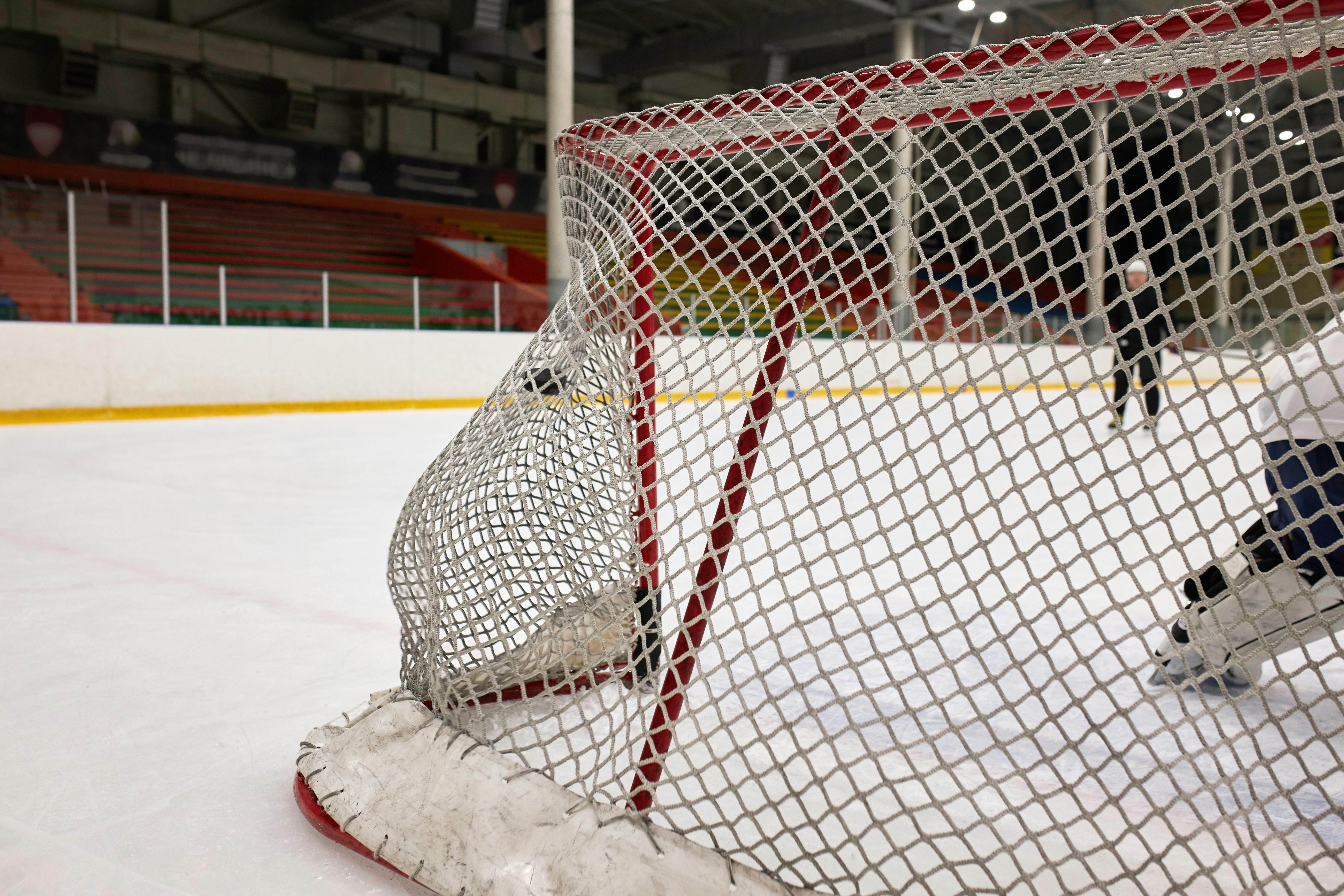The story of Mike Mulligan and his dedicated steam shovel, affectionately known as Mary Anne, is a great conversation starter for many topics. In an offer for a contract, Mike needed to prove that Mary Anne in one day was capable of doing the job of a hundred men in one week. As a testament to good hard work, Mike and Mary Anne did exactly that, but created a dilemma in the process, one that has a beautiful outcome.
One of my favorite ways to use this book is to introduce the topic of technological change over time. modern communications technology. Poor Mary Anne was in direct competition with her more modern counterparts and had to prove herself as an engine that seemed to have been replaced.
Historical museum visits are a must for homeschoolers using this title. Of course, no museum is the same and each has its own key exhibits. From ‘cheese’ museums displaying items that were used in historical cheese making to ‘transportation’ museums analyzing changes in travel to ‘pastoral’ museums analyzing historical agricultural equipment, you can choose any one to explore technological change. over time or even look at several. Then it would be complemented by a visit to a modern equivalent. Plan on your schedule a trip to a cheese factory, an auto dealer or mechanic, or a modern farm. It would be a great research project that compares not only the technology of each era, but also the impact that this technology has on the daily lives of those who use it.
Another great project is to get a “classic” car and a late model car side by side with the hood open. Then, using someone with mechanical knowledge, explore the different components of each vehicle and discuss all the additional parts on newer vehicles and the design changes that have occurred in parts such as the engine. As a spin-off topic, through the exploration of accessories, there could be learning directed at automotive safety. This would include discussing how seat belts, air bags, brake assist, and stability control work in a vehicle, what purpose they serve, their effectiveness, and how they, as users of transportation, can stay safe.
Alternative educational uses
However, this amazing book by Virginia Lee Burton opens many more conversations, then just one conversation about technological change considers the following ideas.
An interesting retrospective study for older children that may come from this is on consumerism, throwaway lifestyles, and waste of resources by first world nations. It can then provide a very interesting critical thinking exercise on whether it is important to care for and preserve our possessions. This can lead to some really great hands-on exercises on how to preserve different possessions. Safe storage of photography products, preserving wood surfaces, reupholstering and repairing furniture instead of replacing it, and researching alternative sources of household items that are pre-loved.
Tied to this, you can take field trips to antique stores and restoration businesses, spend the day at an upholsterer’s tuition, and learn where favorite products can be sourced both within budget, within the home era, and how to care for them. From there, some home-based or communication projects can be started using the skills learned through these field trips. Silver polishing, wood restoration, property repair. Imagine what your child could do to help an older neighbor!
Another great idea is to discuss the importance of our history, not only national history, but also that of communities and families. Studying one’s own family history and learning the lessons of our elders can put a child’s life in perspective. In adolescence, many homeschooled children can explain why their parents are the way they are by studying the lives of their parents’ parents. This opens a door to the genealogy and life of family ancestors, a process that will reinforce the learning of the national and local history of those family members.
Another totally separate thread that learning could take from this wonderful book is based on the dilemma Mike Mulligan and Mary Anne faced after completing their homework. (You will need to read the book to find out what that dilemma was.) Of course, this speaks to a highly sought after skill in the workplace and essential to running a family home: planning! This provides an opportunity to discuss the importance of planning, the types of planning, how to plan, communicate your plan to others, and how planning can help prevent dilemmas like the one that needed to be resolved in this book.
This book is a great book for a child of any age and is a great resource in any parent’s library. It has my own five-star rating and I recommend you check it out for yourself. This book crosses many social barriers that many other titles introduce and creates a secure foundation for entering the subject of the story with an open mind.
